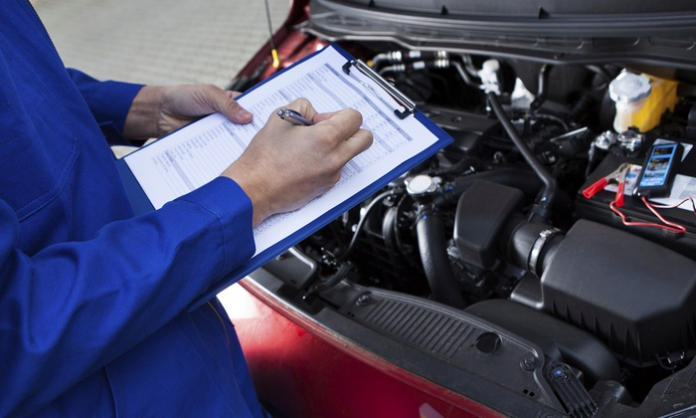
According to Connecticut Crash Data Repository, since the beginning of 2024, there have been 7283 car crashes in the State. There were 13,755 vehicles and 17,216 people involved in these accidents. In 2019, the annual number of car crashes was more than impressive: 111,889 accidents and 211,585 vehicles involved. More and more citizens of the State are tempting to fix and sell the cars, which participated in the crash. How to make sure that your future vehicle was not a car crash participant? Let’s figure out.
Hidden Defects
If you suspect a car to be seriously damaged, you can start from making the Connecticut VIN verification. The report will show you all the relevant information about the car assembly, manufacturer, recent maintenance and, of course, participation in car accidents. If you found out that the car was seriously damaged, it would be better not to buy it at all.

However, if you found out that the car had only minor injuries, which are 100% fixed, it could be a good reason for asking for a discount. Which defects may be caused by accidents and totally fixed?
- External Defects: minor scratches, dents in the body, damaged windshield or rear windows.
- Rear End: body damage that arose as a result of a collision with another car.
- Side Defects: they appear as a result of a collision with another vehicle.
These are the most common types of damage caused by accidents that can be repaired. However, only a professional assessment of the damage can answer the question about the benefits of the purchase.
Do It Yourself
It’s good if you know a lot about cars. You may perfectly know what should be examined before a purchase, but if you want to check everything yourself, let us remind you of the key points:
Outdoor inspection
Inspect the car in the daylight, so you can notice defects in the cabin and stained places. Pay particular attention to the hind wings. If the front wing can be replaced after a dent, this is problematic with the rear wings. Pay special attention to stickers, stripes, and inscriptions: in 90% of cases — this is an attempt to hide body defects.

Engine inspection
Inspect the condition of the car’s engine for oil stains. Typically, a car is prepared for sale, which involves flushing the engine. If the car just drove to the place of purchase, it is possible that these spots appeared only in 20-30 minutes of engine operation. Then look at the bolts, nuts, bolt caps, retainers, and other small parts that you usually forget to pay attention to. Be sure to start the car. Many hidden defects can only be felt with the running engine!
Electrical system
Everything is more or less clear here: check the windows, a panelboard, gasoline sensors, emergency lights, wipers, and sprayers.
Never buy a used car alone. Find a specialist who will help you choose a car without hidden defects. Remember, that an extra pair of eyes will not hurt. Enjoy your purchase!





